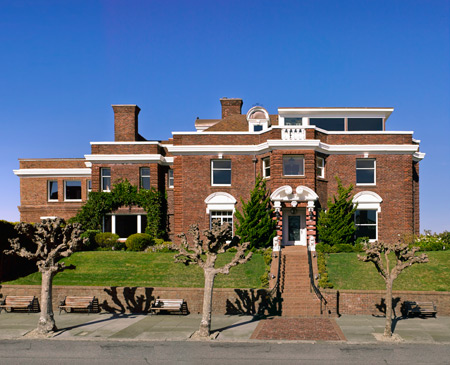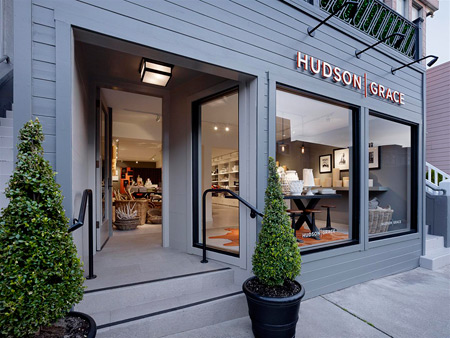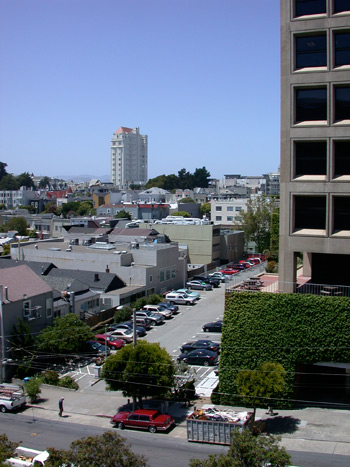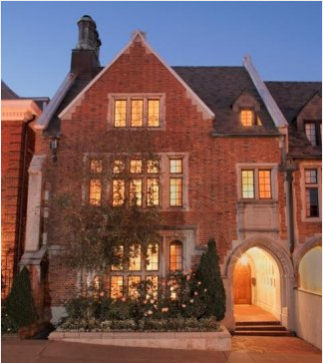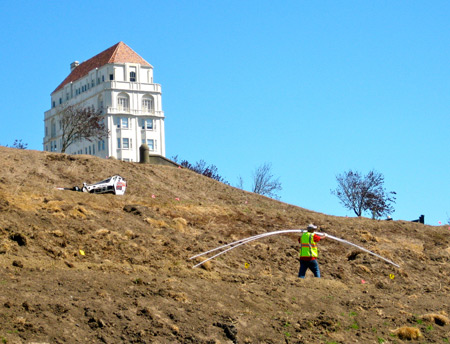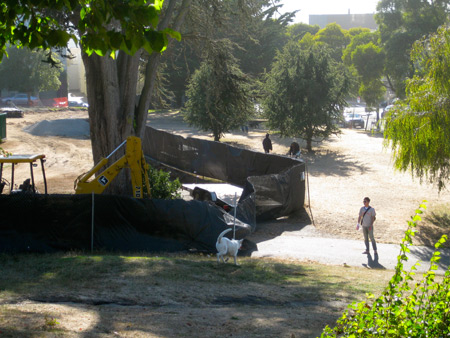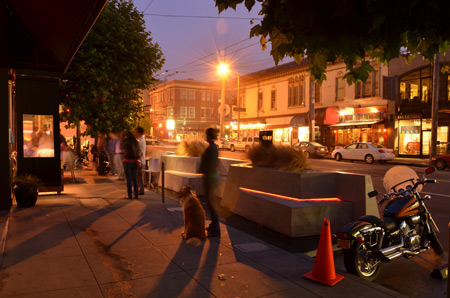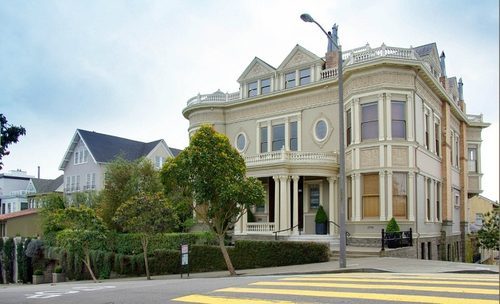
Photograph of Ann and Gordon Getty’s living room by Lisa Romerein
DESIGN | DIANE DORRANS SAEKS
Twenty years ago, interior designer Ann Getty began a large-scale redecoration of the Pacific Heights residence where she lives with her husband, Gordon, a composer. It was built in 1906 to a classic design by architect Willis Polk and offers an entry hall with collections as opulent as any London museum. The Gettys, generous philanthropists, often entertain an international retinue of cultural and political figures.
At auctions in New York and London, Ann Getty acquired furniture from the great English country houses, including Badminton House and Ditchley Park. Unable to collect French antiques — she says the Getty Museum was in an acquisition phase, and even her budget was not large enough to bid against the family museum — she gathered George II gilded chairs, dramatic Anglo-Indian beds inlaid with mother-of-pearl and porcelain and ormolu objets.
“I love the heft and boldness of English antiques,” says Getty, who is also a champion of art education.
In Paris she scooped up vivid 18th-century silk brocades for pillows. From the estate of dancer Rudolf Nureyev she acquired velvet patchwork textiles, which she made into dramatic curtains.
The renovation, plus the addition of a new wing when the Gettys acquired the house next door, took place over a decade.
“This is the ornate look I love for myself, but I don’t impose it on my clients,” she says. “My work is not all over-the-top design. For clients, I want rooms that reflect their style.”
Even among this grandeur, there are quiet corners for an afternoon tête-à-tête overlooking the Palace of Fine Arts.
Her gracious rooms, with tufted sofas and chairs covered in plum-colored velvets and golden silks, are at once exotic, dazzling and comfortable. Party guests can often be found sprawled on silken sofas, and friends curl up to sip Champagne on chairs covered with luscious Venetian hand-woven silk velvets.
A quartet of Canaletto paintings hovers above a gilded console table in the music room, a theatrical stage for family celebrations. A Sèvres porcelain table commissioned by Napoleon (its pair is installed in Buckingham Palace) stands in a corner. Gilded benches and tables from Spencer House, plus a silk-upholstered glass chair with the look of carved crystal, all demonstrate Getty’s original eye.
While Ann Getty can design entirely practical rooms for young families, the rooms in her own home glow with baroque splendor. Blossoms, birds and butterflies painted on pale blue Chinese silk panels glimmer on the walls of a bedroom.
“Designing is a minor art, but such a pretty one,” says Getty as she glances around her living room. “I love to create interiors that please the eye. Beauty can be so uplifting.”

Ann Getty Interior Style by Diane Dorrans Saeks, published by Rizzoli, is available at Browser Books, 2195 Fillmore. More on the author’s design blog, The Style Saloniste.
Filed under: Art & Design, Books, Home & Garden, Landmarks, Locals | 1 Comment »




